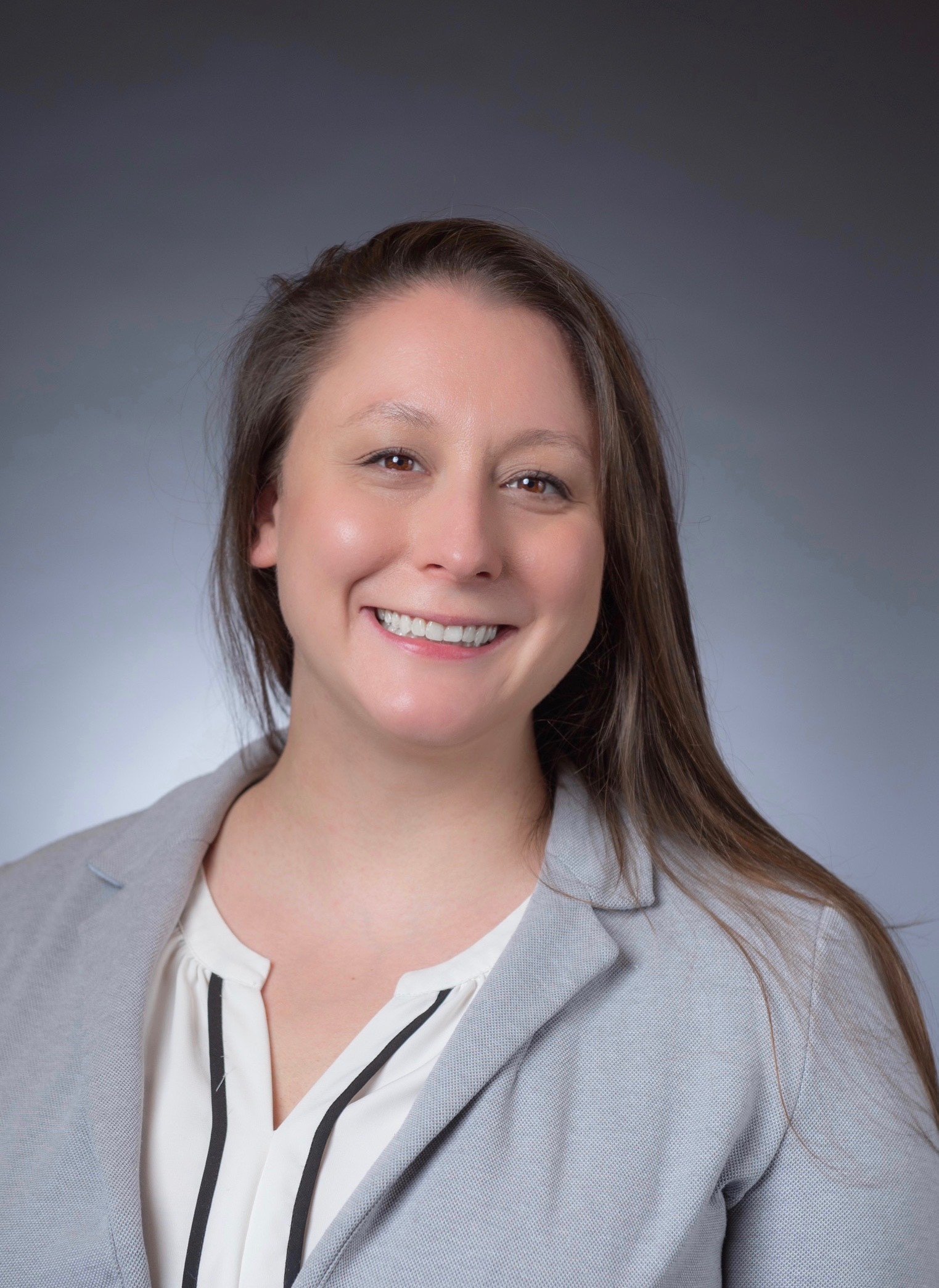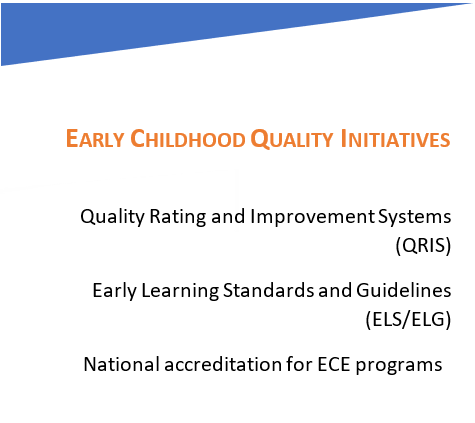The Child Care and Development Fund (CCDF) program is a state and federal partnership used to provide assistance to low-income families to access child care, as well as build supply and improve program quality. Since 2016, states, territories and tribes have been required to outline how they will use this dedicated federal funding over a three-year period. Plans cover a multitude of areas, including how states will promote family engagement and consumer outreach, ensure equal program access, establish health and safety standards, recruit and retain a qualified workforce and support continuous quality improvement.
When developing new plans, lead state agencies are required to hold at least one public hearing, with sufficient statewide or territory-wide distribution of notice, to gather stakeholder input on what policies to include. Public input is a critical part of developing a state plan. Not only does public input ensure decision-makers have complete information, but it can also build buy-in and legitimacy from the field.
States generally approach the CCDF state plan public comment period by allowing anyone to weigh in by submitting written comments or by testifying orally. The requirement to hold a hearing presents a very distinct opportunity to shape a state’s plan for child care based on the actual needs and experiences of its providers and parents. Participation varies greatly across states and, in the past, opportunities for participation have not always been sufficient. While states must answer how the information provided by the public is taken into consideration under the plan, questions remain as to whether collecting public input actually has an impact on the policies included in the state plan. There is much room for improvement to maximize the potential of the public input process moving forward.
This past spring, states designed new plans for years 2022-2024 and were required to submit a finalized version, based on public comment, to the Administration for Children and Families (ACF) by July 1, 2021. Child Care Aware® of America (CCAoA) collected information on the public input process in the District of Columbia and every state. For more information about each state’s public hearing process, check out CCAoA’s public input session tracker. We found that:
- Virtual hearings (using platforms like Zoom and WebEx) were popular options, though some states, like Texas, also allowed for in-person participation.
- States like California, Kansas and North Carolina held pre-hearing input sessions with stakeholders or convened workgroups to gain initial feedback before releasing drafted plans.
- We observed that hearings started March 30 with California and the last hearing before the July 1 deadline was held in Indiana on June 25, 2021. Most hearings were held in May and June.
- New Hampshire did not hold its hearing until July 19 and Alaska provided an additional opportunity to provide input on July 27 and allowed for written comments to be submitted until August 7.
In reflecting on this year’s CCDF public input process, several best practices, as well as concerns, were observed that either helped or hindered participation in the process in the following areas:
- Pre-hearing sessions: A few states held organized, informal public input sessions around the state to gather feedback before drafting the state’s plan. This allowed child care stakeholders to have an additional chance to provide feedback, and not just in response to a plan that was already developed. Some pre-hearing sessions were organized to gather input on specific sections of the plan or were targeted to certain stakeholders.
- Notification process: States are required to post a public notification of the hearing at least 20 calendar days prior to the date of the hearing. States should give as much notice as possible. To cast the widest net, notification should extend beyond print in local and statewide newspapers and should be easily found on a state agency’s website. Announcements on social media can help reach families and providers. States should also disseminate notice of the public hearing through stakeholder communities and should be included in communications (like listservs) with child care coalitions, child care resource and referral agencies (CCR&Rs), partner agencies, tribal associations, and state and local government personnel.
- Scheduling: Holding just one hearing during the day can prevent many people from engaging in the public input process, especially busy parents and working providers. Holding multiple hearings at different times— both during the day and in the evening— and with ability to translate in multiple languages can open participation for many more individuals. As an example, West Virginia held six hearings in its CCR&R regions throughout the month of May. Washington scheduled two virtual hearings in English, with Spanish and Somali interpretations. Further, states that wait until the very end of June to schedule a hearing, with plans to submit in early July, may not be able to thoroughly review public testimony.
- Registration: Registering for the hearing should be flexible and as easy as possible for the public to sign up. States should provide all the necessary information upfront, like access codes and passwords for virtual meetings, and allow for participants to register at any time including during the hearing itself, in the same way that individuals would be able to attend a public hearing held in-person. While requiring pre-registration multiple days in advance of the hearing or requiring registration to listen may allow state agencies to better plan an agenda, it can prevent participants from the opportunity to engage. Using commonly-used platforms, like Zoom, can allow for more successful registration, as people are more familiar with the technology.
- Availability of draft plan: States must note how the content of their draft plans was made available to the public in advance of the public hearing. A commonly observed practice was for lead state agencies to upload the draft document online ahead of the hearing and offer translation if requested. Connecticut went a step further and made available a summary document highlighting the key initiatives in each section of the plan in English and Spanish. Draft plans should also be released, at minimum, 48 hours in advance of the hearing to give child care stakeholders enough time to read through them in their entirety. Some states released a lengthy draft plan just the day before hearing, which limits the public’s ability to fully understand and adequately give feedback on the state’s plan.
- Virtual hearings: Virtual advocacy creates more access and brings people to the table that otherwise may never have participated in advocacy before. Every state had an option to participate virtually this year. States should continue the option to participate in the CCDF public input process virtually in the future, even after the pandemic subsides, to grow participation.
- Written comment period: Providing online portals and surveys allows individuals to easily input their recommendations and challenges into organized field boxes. Where developing written testimony may be a barrier to participation for some stakeholders, surveys and other collection methods can provide an easier approach that does not require extensive knowledge of the intricacies of the state plan. States should give individuals time to submit their written testimony after the hearing has occurred, as some who testify in-person or virtually may have a more detailed written comment to submit. This past spring, some states allowed participants to submit written comments for weeks after the hearing, while others closed the ability to do so on the same date as the hearing. Allowing for multiple options to email, mail and fax written comments also increases the ability to participate.
Participating in the CCDF public comment period lets state officials hear from the field and elevate provider and family experiences to inform long-term policies that can strengthen the child care system. With this in mind, it is imperative that the public input process is protected and strengthened to allow for as many families, community members and child care providers to engage as much as possible.
CCAoA has transmitted these recommendations to ACF for consideration. This letter can be used as a template to communicate with lead agencies and other decision-makers about improving future public comment periods.





